Electric Drives and Traction Interview Questions
1. What are the requirements of an ideal traction system?
The requirements of an ideal traction system are as follows
- The starting tractive effort should be high so as to have rapid acceleration.
- The wear on the track should be minimum.
- Pollution free
- Speed control should be easy.
- The equipment should be capable of withstanding large temporary loads.
- Low initial and maintenance cost.
- There should be no interference to the communication lines running along the lines.
- Braking should be such that minimum wear is caused on the brake shoes.
2) Name the various systems of traction.
- Direct steam engine drive
- Direct Internal Combustion Engine Drive
- Steam Electric Drive
- Internal Combustion Engine Electric Drive
- Petrol Electric traction
- Battery Electric Drive
- Electric Drive
3) Classify the supply system for electric traction.
A. D.C system
B. A.C system
- Single phase
- Three phase
C. Composite system
- Single phase AC-DC
- Single phase-Three phase
4) What are the advantages of electric traction?
- High starting torque
- Less maintenance cost
- Cheapest method of traction
- Rapid acceleration and braking
- Less vibration
- Coefficient of adhesion is better
- It has great passenger carrying capacity at higher speed.
5) What are the disadvantages of electric traction?
- High capital cost
- Problem of supply failure
- Additional equipment is required for achieving electric braking and control
- The leakage of current from the distribution mains and drop of volts in the track are to be kept within the prescribed limits.
- The electrically operated vehicles have to move on guided track only.
6) Define average speed and scheduled speed.
Average speed is the ratio of distance between two consecutive stations to time taken to travel the distance; Scheduled speed is the ratio of distance between two consecutive stations to total time taken for moving including the time for stops.
7) Name the different stages of train movement
- Acceleration
- Constant speed or free running
- Coasting, running with power switched off and brake not applied
- Retardation, with braking
8) What are the essential features (electrical) of an ideal traction motor?
- High starting torque.
- Series speed torque characteristics
- Simple speed control
- Possibility of regenerative braking
9) What is the need for traction motor control?
- To limit starting current
- Smooth acceleration without jerk
- Both manual and automatic control should be possible.
10) What is meant by speed-time curve? Why it is used?
The movement of the train and their energy consumption can be studied by means of speed-time and speed-distance curves, which shows the speed at different time instants after start of run and speed at different distances from the starting point respectively. Of the two, the speed-time curve is generally used.The curve drawn between speed in Kw/hr along Y-axis and time in seconds along X-axis is called speed=time curve.
The speedtime curve gives the complete information about the motion of the train.
This curve gives the speed at various time instants after the start of run directly. Slope of the curve at any point gives the speed at that instant. The area under the curve gives the total distance traveled by the train.
11) What do you mean by average speed in electric traction?
The mean of the speeds from the start to stop i.e the distance between two stops divided by the actual time of run is known as average speed.
Average speed= Distance between stops in km/Actual time of run in hours
12) What do you mean by schedule speed in electric traction?
The ratio of distance covered between two stops and total time of run including time of stop is known as schedule speed.
Schedule speed = Distance between stops in km/Actual time of run in hours+ Stop time in hours
The schedule speed is always smaller than the average speed.
The difference is large in case of urban and suburban services and is negligibly small in case of main line service.
13) What is tractive effort?
The effective force necessary to propel the train at the wheels of the locomotive to which the motor is geared is called the geared effort. It is measured in Newtons and is tangential to the driving wheels.
Total tractive effort required to run a train on track= Tractive effort to produce acceleration + Tractive effort to overcome effect of gravity + Tractive effort to overcome train resistance.
14) What are the factors affecting energy consumption?
The various factors affecting energy consumption are:
(i) Distance between the stops
The greater the distance between the stops, the lesser will be the specific energy consumption for suburban service is 50 to 75 watts-hour/ ton-km and for main line service it is between 18 to 32 Watt-hour/ton-km.
(ii) Train resistance
The train resistance depends upon the nature of track, speed of the train and shape of the rolling stock, particularly the front and rear portions of the train. If the train resistance is greater, the specific energy consumption is more.
(iii) Acceleration and retardation
If the acceleration and retardation increases, the specific energy consumption is increased.
(iv) Gradient
The steep gradients will involve more energy consumption though regenerative braking is applied.
(v) Train equipment
More efficient train equipment will reduce the specific energy consumption.
15) Define dead weight, adhesive weight.
(i) Dead weight
The total weight of locomotive and train to be pulled by the locomotive is known as dead weight.
(ii) Adhesive weight
The total weight to be carried on the driving wheels is known as the adhesive weight.
16) Name the various methods of traction motor control.
There are various methods for controlling the speed of d.c series motors. They are:
- Rheostatic control
- Series parallel control
- Field control
- Buck and Boost method
- Metadyne control
- Thyristor control
17) What are the basic requirements of braking system?
The basic requirements of a braking system are given below:
- It should be simple, robust, quick and reliable in action.
- Easy to use for driver to operate.
- Maintenance should be minimum.
- The braking system should be inexhaustible.
- In case of emergency braking, safety consideration is taken into account.
- Kinetic energy of the train must be storable during braking which could be used subsequently during acceleration of the train.
18) What are the various methods of applying electric braking?
There are three methods of applying electric braking are:
- Plugging or Reverse current braking
- Rheostatic braking
- Regenerative braking.
19) Name the advanced methods of speed control of traction motors.
The latest methods of speed control of traction motors are:
- Tap changer control
- Thyristor control
- Chopper control
- Microprocessor control
20) What are the advantages of microprocessor based control of traction motors?
The advantages of microprocessor based drives are:
- High speed of response
- High accuracy
- Over voltage and over speed protection.
- Electronic interlocking
- Less sensitive to temperature variations and drift.
- Numbers of components used are less.

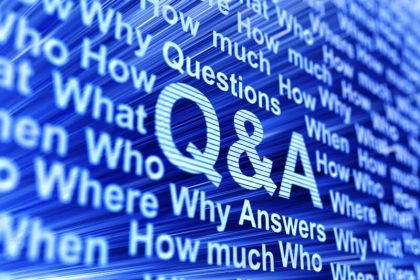
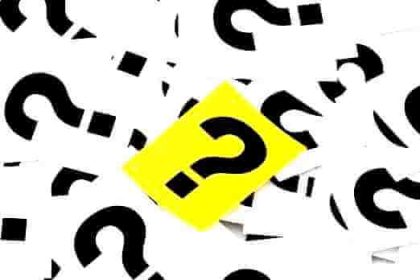



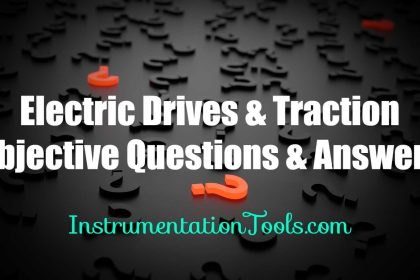
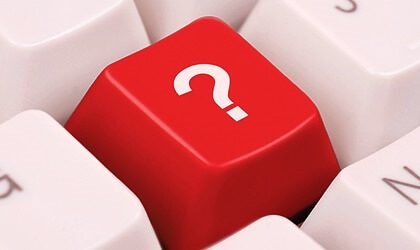
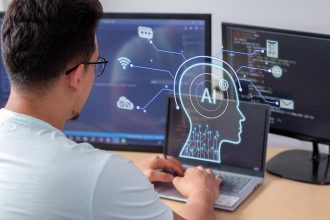
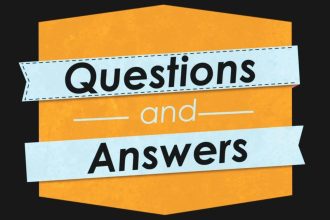
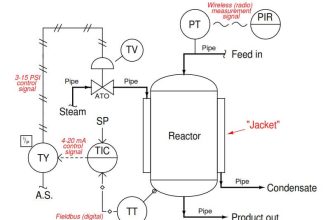
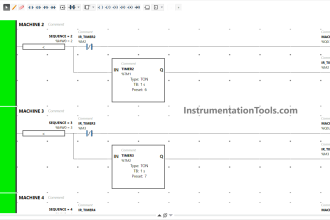
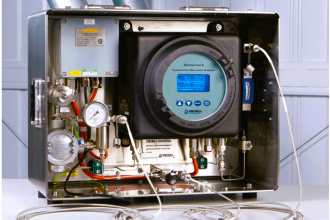

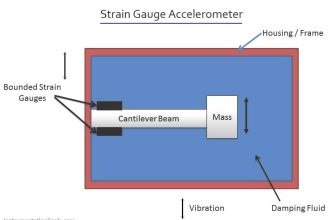
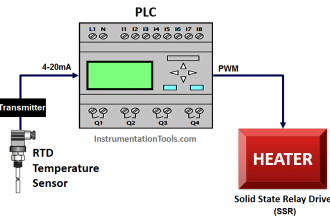

superb website